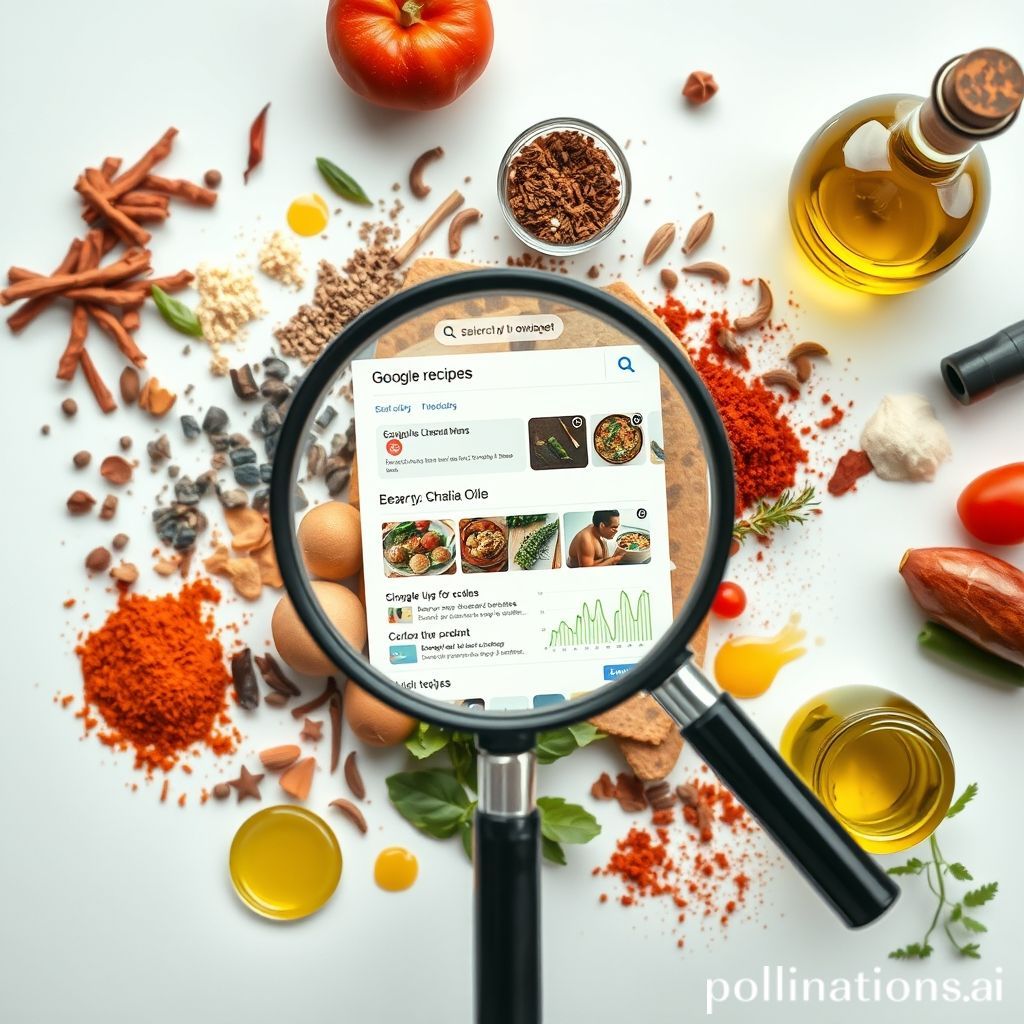Okay, fellow food lovers and SEO aficionados, I stumbled across something pretty interesting today that I had to share. Search Engine Journal’s article, “Google’s Update To Recipe Structured Data Confirms A Ranking Criteria,” by @martinibuster really got me thinking about how Google’s algorithm chooses the star images for recipe rich results. It seems Google’s drawing a line in the sand between what makes a recipe shine in text-based search and what gets those drool-worthy images featured.
The core takeaway? Google uses different criteria for selecting recipe images in rich results compared to standard text-based search results. This is a big deal because those rich snippets with captivating images are like prime real estate in the search results – they practically scream, “Click me!”
Why Does This Matter?
Well, for anyone running a food blog or website, this means your image optimization strategy just got a little more nuanced. It’s not just about ALT tags and file names anymore; Google’s actively evaluating images to decide if they’re worthy of that coveted rich result spot.
Consider this: According to a Sistrix study, featured snippets (and rich results fall into this category) grab approximately 28% of all clicks. That’s a huge slice of the pie you want to be a part of!
What’s Changing, Exactly?
The article doesn’t dive into specifics about what those different criteria are (Google keeps some secrets, naturally!). However, we can infer a few things. Google is likely looking for:
- High-quality images: Think professional-looking shots with good lighting, composition, and focus.
- Images that accurately represent the recipe: No misleading or generic stock photos!
- Images that showcase the finished product: Users want to see the deliciousness they’re about to make.
- Relevance: Images clearly connected to the recipe.
It’s not enough to have the most optimized title or meta description; your visual presentation has to pass muster, too.
So, What Can You Do?
This isn’t a reason to panic, but it’s definitely a nudge to re-evaluate your recipe content. Here are a few actionable steps:
- Invest in high-quality photography: If you’re serious about your food blog, good food photography is non-negotiable. Hire a professional or invest in learning the skills yourself.
- Optimize image metadata: While it might not be the only factor, ensure your ALT tags, file names, and captions are descriptive and relevant.
- Focus on the user experience: Make sure your images are clear, easy to view, and showcase the finished recipe in an appealing way.
- Test and analyze: Experiment with different image styles and monitor your rich result performance to see what resonates best with your audience and Google.
- Pay attention to schema markup: Ensure your recipe schema is properly implemented. Use tools like Google’s Rich Results Test to validate your markup.
5 Key Takeaways:
- Google uses different criteria for selecting recipe images in rich results vs. standard search.
- High-quality, relevant images are crucial for earning that coveted rich snippet spot.
- Image optimization goes beyond just ALT tags; focus on visual appeal and accurate representation.
- Investing in professional food photography can significantly boost your chances of ranking.
- Regularly test and analyze your rich result performance to refine your image strategy.
This update emphasizes something we already knew: Google loves visually appealing, user-friendly content. Keep creating delicious recipes and showcasing them in the best light possible!
FAQ: Decoding Google Recipe Image Ranking
1. What’s the main difference between image ranking in regular search and recipe rich results?
Google appears to prioritize different factors. While relevance and keywords are vital for regular image search, rich results seem to place greater emphasis on image quality, visual appeal, and how well the image represents the finished recipe.
2. Does Google explicitly state what these different ranking factors are?
No, Google doesn’t publish a definitive list. However, we can infer based on best practices and observed trends.
3. Is ALT text still important for recipe images?
Yes! ALT text remains crucial for accessibility and helps Google understand the image’s context. Be descriptive and use relevant keywords.
4. What kind of image resolution is ideal for recipe rich results?
Aim for high-resolution images (at least 1200×800 pixels) that are properly optimized for web use (compressed to reduce file size without sacrificing quality).
5. Does the placement of images within the recipe article affect ranking?
Potentially. Including images near the corresponding recipe instructions or ingredients may signal relevance to Google.
6. How can I test if my recipe images are eligible for rich results?
Use Google’s Rich Results Test tool. It will identify any errors in your schema markup and give you an idea of whether your images meet the requirements.
7. If my recipe doesn’t get a rich result, is it always because of the images?
Not necessarily. Other factors, such as schema markup errors, page speed, and overall content quality, can also impact your eligibility for rich results.
8. Should I use stock photos in my recipe posts?
Avoid generic stock photos. Use original, high-quality images that accurately represent your specific recipe.
9. How often does Google update its ranking algorithm for recipe rich results?
Google’s algorithm is constantly evolving, so there’s no fixed schedule for updates. Stay informed about SEO best practices and monitor your website’s performance.
10. Is video content important for recipe ranking?
Yes, video can significantly enhance user engagement and improve your chances of ranking. Consider adding recipe videos to your blog posts and optimizing them for search.

